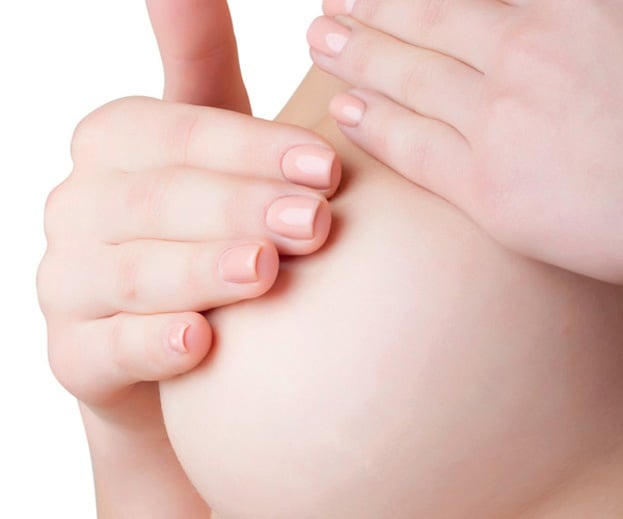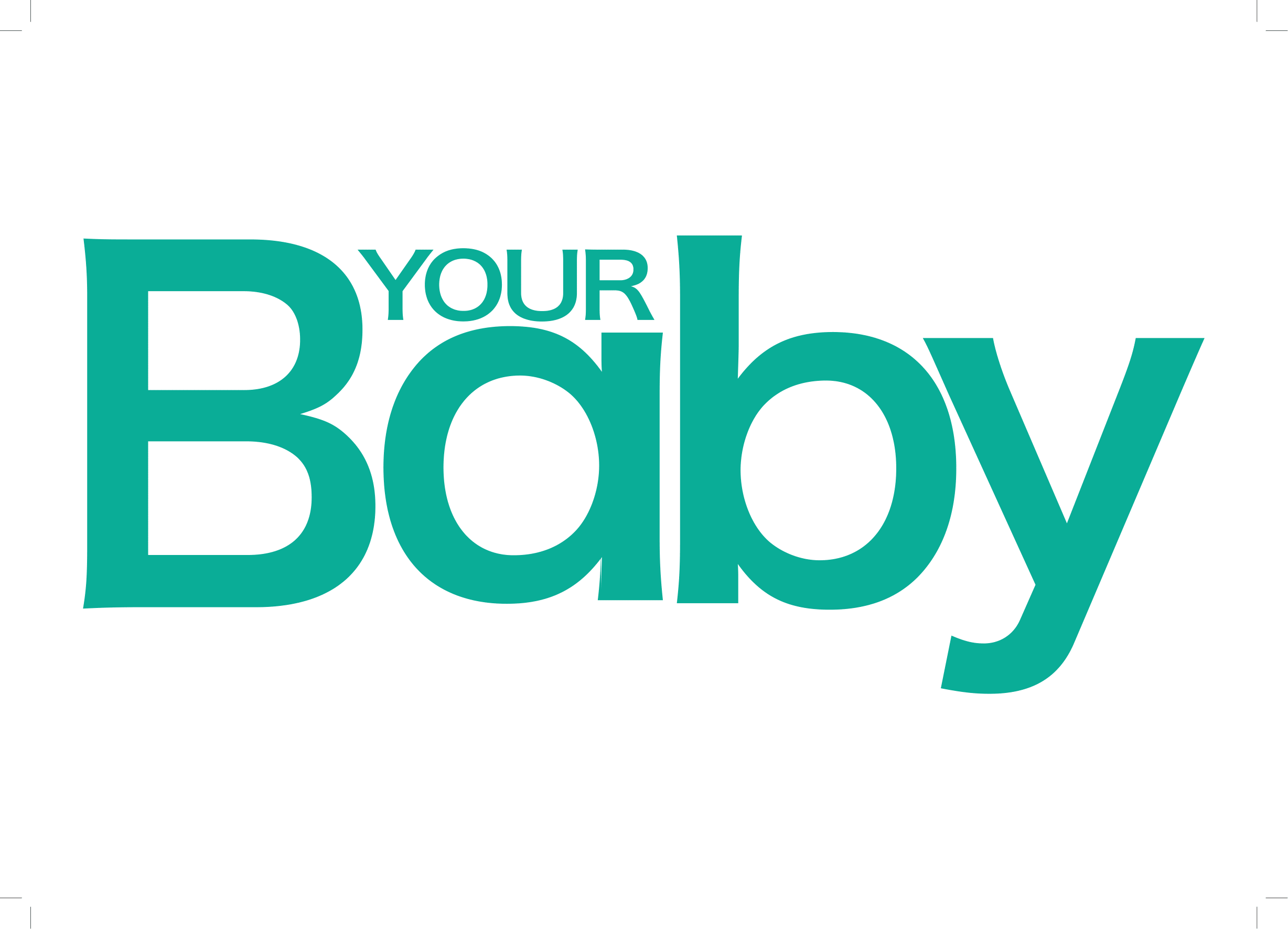
Seasoned breastfeeding moms say that while nursing isn’t rocket science, it certainly feels like it when something goes wrong. What are the most common breastfeeding battles you’re likely to face –and how can you nip them in the bud?
Practice makes perfect
Feeding your baby won’t necessarily come naturally, so relax in the knowledge that you may feel like you have no idea what you’re doing at first. Medical doctor and international board certified lactation consultant Nan Jolly says that there simply isn’t enough support or information available to South African nursing moms.
“Women are not well-prepared for breastfeeding and mothering,” says Jolly. “They go to childbirth classes which might give them a little information, but not much else.
“Health professionals are also rarely good sources. They get no training in breastfeeding and rely on the same old wives’ tales that the rest of us do.”
Prevention is better than cure – educate yourself about what to expect, become friendly with a knowledgeable lactation consultant and don’t give up at the first sign of trouble.
PROBLEM:
Cracked or painful nipples
Nipples are extremely delicate, so cracks, soreness and pain may occur, particularly in the early days. The most common reason is incorrect latching. Sort this out and the nipples heal quite rapidly. Symptoms include redness, in ammation, cracking or pain when touched.
THE CURE:
- First, get help with latching. Babies must have a large portion of the breast in their mouths and not just the nipple, which is painfully pinched between baby’s tongue and mouth if he’s latched incorrectly.
- Use a small amount of protective nipple cream which does not need to be washed off – both before and after feeds. Do not use soap and only wash your nipples with warm water, allowing them to air-dry.
- Rub breast milk into the area and also expose your breasts to non-midday sun for about twenty minutes daily, being careful not to burn.
- While the area is healing, you can also take a pain reliever prescribed by your pharmacist or doctor that is safe to use while breastfeeding.
PROBLEM:
Engorged breasts
There's nothing more uncomfortable- or downright frightening- than waking up with leaking, party balloon-sized breasts. Engorgement is especially common among moms with newborns.
THE CURE:
- Your baby needs to empty your breasts of milk. Insufficient emptying means you’ll build up too much milk, leading to engorgement.
- Never time feeds on a schedule. Demand feeding means nursing your baby whenever she seems hungry and for as long as she wants. This could mean a marathon nursing session, or a bout of ‘cluster feeding’ in the evening.
- Dip two cabbage leaves in very hot water, shake off excess moisture and then place the leaves inside your bra.
PROBLEM:
Thrush
How will you know if you and your baby are suffering from thrush? Symptoms include tender, sore nipples, often accompanied by shooting pains in the breasts during or post-feeding and white patches inside your baby's cheeks.
Several factors contribute towards thrush including atibiotics, diet, the contraceptive pill, pregnancy, diabetes, too-tight clothing, perfumed deodorants and creams and weakened immunity.
THE CURE:
- See your doctor for a diagnosis. Both you and your baby will need to be treated with medication, as thrush is very easily passed between the two of you.
- Try and include live-culture yoghurt in your diet and take supplements containing lactobacillus acidophilus. If you must take antibiotics, make sure to take a good quality probiotic between antibiotic doses each day.
- Other tips to avoid thrush include washing your nipples frequently with warm water, wearing cotton underwear as far as possible and avoiding perfumed creams, bath products and soaps.
PROBLEM:
Painful lumps
Those mystery lumps and bumps are usually blocked milk ducts, although sometimes they coudl indicate that you have an infection.
THE CURE:
- Engorgement is usually the culprit and must be treated promptly to avoid mastitis or abscesses.
- Empty your breasts frequently by feeding your baby on cue, and hand or pump express milk between feeds.
- Massage the lumps to unplug ducts and alternate between warm and cold compresses.
PROBLEM:
Mastitis
This is an infection of the breast that requires urgent treatment. Look out for red, shiny or hot, sore breasts, fever, nausea, chills, fatigue or isolated red patch on the skin.
Not treating mastitis can lead to an abscess, which you may recognise as a closed, pus-containg lump, accompanied by tenderness, red skin in the affected area and pain.
The causes of mastitis usually include engorgement, blocked milk ducts or broken, damaged skin in the nipple area.
THE CURE:
- Don’t time feeds! Breastfeed as often as possible and get engorgement and blocked ducts under control to prevent mastitis developing.
- Antibiotics may be prescribed to treat your infection. Try feeding from the non-infected breast first until you have let-down and then switch to the infected breast.




 Publications
Publications
 Partners
Partners














